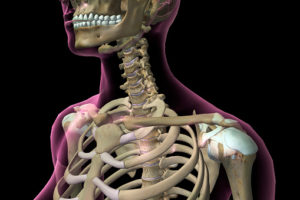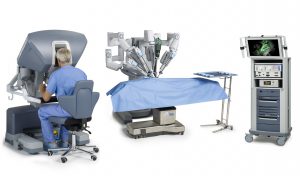Each adult has 206 bones, 24 of which are ribs (12 on each side), but approximately one out of every 200 people have an extra rib. This rib is referred to as the cervical rib.
A cervical rib is present at birth and it forms above the first rib, growing at the base of the neck, just above the collarbone. You can have a cervical rib on the right, left, or both sides. It may be a fully-formed bony rib or a thin strand of tissue fibers that in some cases doesn’t even show up on an x-ray.
Thankfully, in most cases cervical ribs do not cause any problems for those born with them, but if it presses on nearby nerves and blood vessels it can cause neck pain, numbness in the arm and other symptoms, which collectively is known as thoracic outlet syndrome.
If you are the proud owner of a cervical rib and are experiencing any of these symptoms, speak to your doctor about surgical options to treat the condition. If you do not have a doctor, Flushing Hospital’s Department of Surgery can help. To make an appointment, please call 718-670-3135.
All content of this newsletter is intended for general information purposes only and is not intended or implied to be a substitute for professional medical advice, diagnosis or treatment. Please consult a medical professional before adopting any of the suggestions on this page. You must never disregard professional medical advice or delay seeking medical treatment based upon any content of this newsletter. PROMPTLY CONSULT YOUR PHYSICIAN OR CALL 911 IF YOU BELIEVE YOU HAVE A MEDICAL EMERGENCY.










